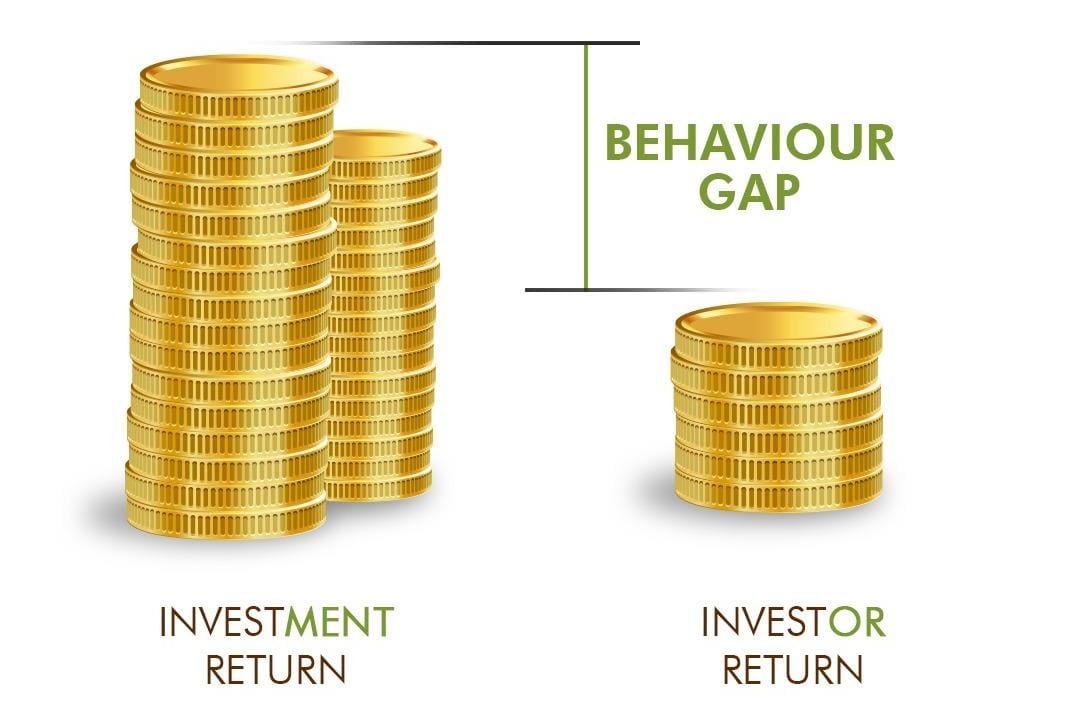There are a lot of questions today in the minds of investors. With markets at all-time highs and a positive outlook on the economy, what should we do? is the question on top of our minds. There are also a huge number of new investors who have entered the equity markets over the past year. A majority of the new investors have seen only a one-sided equity market rise. Perhaps, understanding asset allocation would be the right thing to do at this time.
Asset allocation is the proportion of different asset classes in an investment portfolio. The different asset classes, such as equities, bonds, cash and physical assets. The aim of asset allocation is to balance risk and returns in accordance with risk appetite and financial goals/objectives. Unfortunately, asset allocation is still not widely practised by many investors in India and we often see the portfolio heavily skewed in either of the asset class without any consideration to the risk and return trade-offs. Further, we often find investors looking at different asset classes in isolation and not looking at the bigger, holistic picture of their portfolio, leading to suboptimal choices.
WHY ARE THE MARKETS AT HIGHS? https://ghanchiinvest.com/equity-markets-highs/
Why is Asset allocation important?
The aim of deciding the right asset allocation is to take the optimal amount of risk to meet your return expectations or goals as per your investment horizon. Here are the broad reasons why asset allocation becomes important.
- Investor behaviour: Investor behaviour has the biggest impact on your investing outcomes. Emotions of fear, greed, hope, etc corrupt our investment decisions and we end up taking unbiased and emotional decisions. Such irrational actions cause great harm to our financial interests. An asset allocation based approach takes emotions out of investing and keeps you disciplined and focussed.
- Drivers of investment results: Often, we believe that we need to select the best fund, the best stock and time the markets to make money, but we forget to look at the bigger picture. Even a 100% return on your winning fund will not matter if it is only a fraction of your overall portfolio. Interestingly, there is overwhelming evidence that asset allocation alone is the most important factor or attribute contributing to portfolio performance. Here is what drives portfolio performance according to one research… Asset Allocation 91.5%, Security Selection 4.6%, Market Timing 1.8%, Other Factors 2.1%
- Winners keep changing: Every asset class has different risk and return characteristics, and different asset classes outperform or underperform each other at different times or stages of investment /economic cycles. A proper asset allocation may ensure a degree of stability in the portfolio in different market conditions and even generate superior returns to take advantage of the investment cycles. If one asset outperforms, its share in the portfolio increases, and then some of it is moved to the other asset classes. This is often achieved as part of periodic rebalancing, where we reset the allocation between different asset classes to their decided /original proportion. Left alone without rebalancing, the asset allocation can deviate significantly from the target allocation, increasing the risk and lowering return potential.

The Seven Biggest Wealth Concerns We All Face! https://ghanchiinvest.com/biggest-wealth-concerns-individuals-and-couples-face/
Managing Asset Allocation
Deciding the asset allocation is a crucial investment decision. Factors like your time horizon, risk appetite or tolerance levels and the risk-return trade-offs play the most important role in deciding your asset allocation. Further, if you have defined goals, then again the returns requirement or expectations may have an overbearing impact on the choice as compared to the risk appetite. The asset allocation further can be followed in two broad approaches
- Fixed asset allocation: Here a fixed allocation is decided which stays the same, irrespective of the market conditions. A change is made here usually when there is a change in risk appetite or life stages or any major life event. E.g. Equity 50% and Debt 50%.
- Dynamic asset allocation: Here, a broad risk appetite is identified and then accordingly a range of asset allocation is decided. The actual exposure at a given time is decided based on market conditions. The idea here is to take advantage of extreme market movements /conditions and generate superior returns. For example, the risk appetites and the corresponding equity exposure can be defined as say – Aggressive (60-100%), Moderate (40-70%) and Conservative (0-40%).
Asset allocation is the go-to strategy for managing your investment portfolio. Asset allocation can either be (a) directly managed on your portfolio by investing in different equity & debt funds, or (b) by investing in a single fund /ready portfolio that manages the asset allocation automatically. The option of having a single fund manage your asset allocation is more operationally easy and tax-efficient as you do not have to sell and buy and thus avoid capital gains. Funds that balance the asset allocation smartly between equity and debt called ‘hybrid funds’ or ‘balance funds’ can be explored by investors and allocated a part of their portfolio.
There are a lot of questions today in the minds of investors. With markets at all-time highs and a positive outlook on the economy, what should we do? is the question on top of our minds. There are also a huge number of new investors who have entered the equity markets over the past year. A majority of the new investors have seen only a one-sided equity market rise. Perhaps, understanding asset allocation would be the right thing to do at this time. Wondering how to start, reach us at chandrakant@ghanchiinvest.com or call at +9820926446 / +91 7977061717. For other financial and Investment planning check our section here





